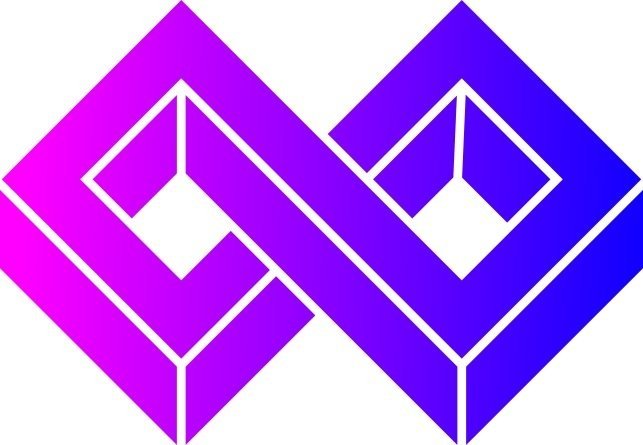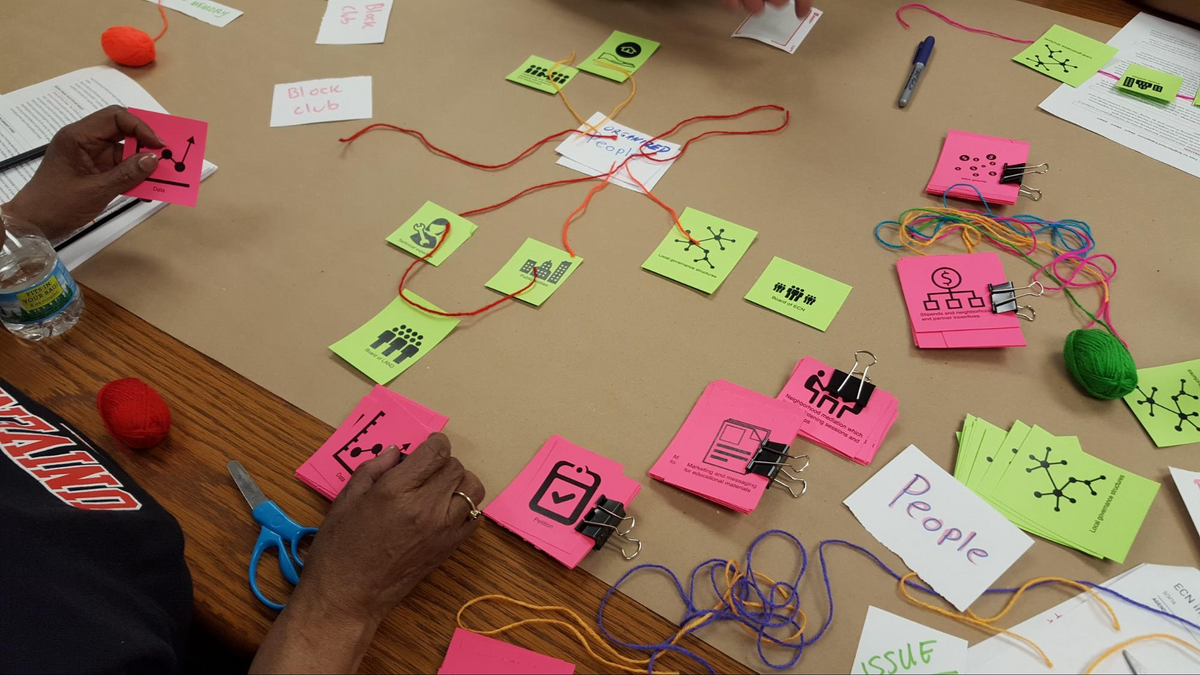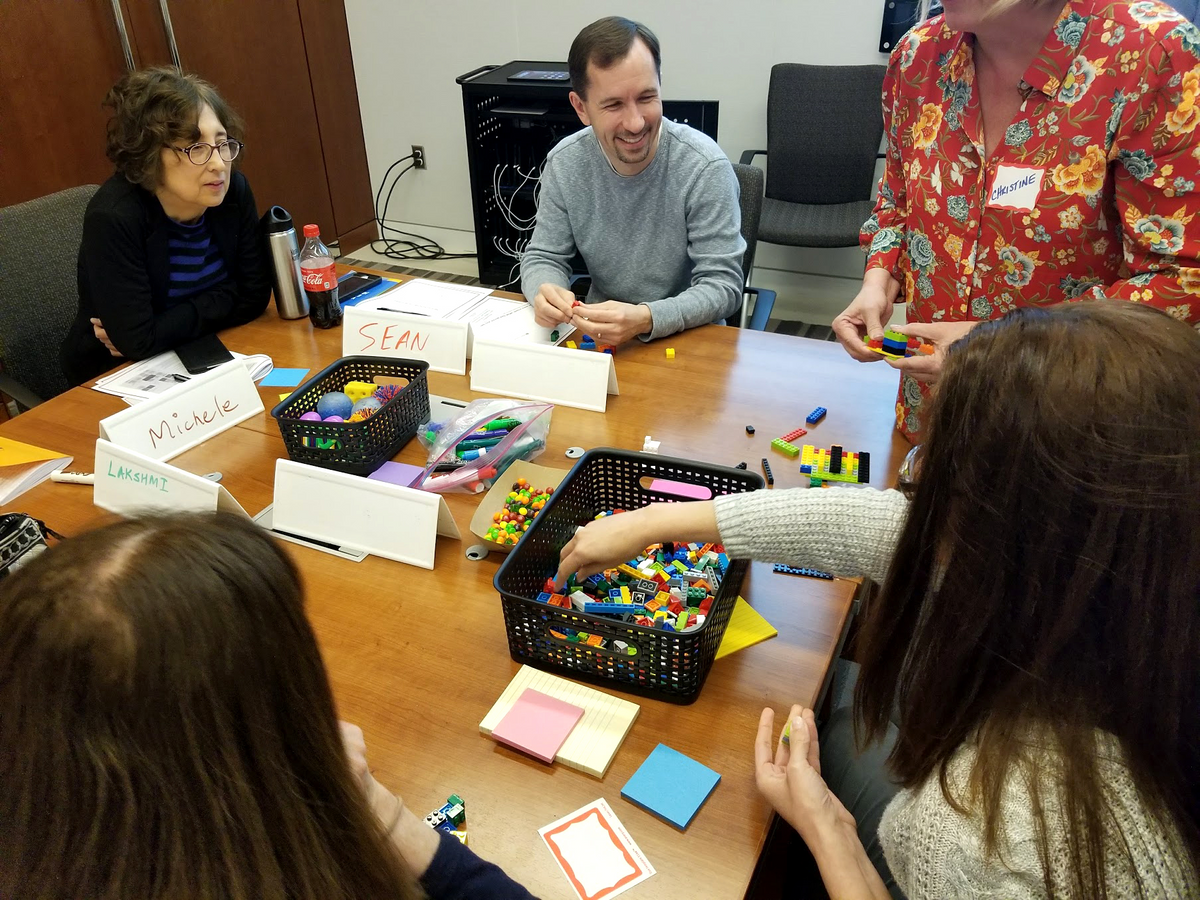Technology Transformation Begins With People: Closing the Human-Technology Gap
Digital transformation begins with our most important resource — people. Lifelong learning relies on a more elastic culture and is essential for American competitive economic growth. Many IT modernization efforts can fail if they don't seek to close the human-technology gap. Adoption of emerging technology is made possible because ongoing learning is accessible and attractive. A world-class government culture that inspires employees to focus on results, from frontline to C-suite, invests in continuous development of its people. Let's imagine a future where the federal government is the employer of choice for the next generation of leaders. How do we cultivate an environment of lifelong learning in the government where all stakeholders win? How might we foster learning cultures to meet evolving talent roles within the federal government?
In July 2019, the IT Modernization Centers of Excellence (CoE) in the Technology Transformation Services (TTS) at the U.S. General Services Administration (GSA) brought federal talent experts together in a two-hour Adaptive Workforce workshop to develop collaborative ideas around these questions. In this interactive engagement, the group worked together to identify workforce trends around hybrid 21st century leadership. Federal employees who design and implement the new era of government agency services, marked by the passing of the 21st Century Integrated Digital Experience Act (21st Century IDEA), will require both transferable soft and hard skills to optimize for the future.
As it stands, federal learning programs are more often associated with compliance. This gives learning a negative reputation where it feels like a burden rather than an opportunity. Furthermore, as a federal colleague recently volunteered, "many folks avoid paid training because the process is such a big lift. The consequence? Folks avoid them and then lack vital skills and don't grow." A leading non-profit civic technology fellowship leader noted that the upcoming talent generation is "not used to the cubicle style of government and being siloed in departments." Now, more than ever, it is culturally feasible in the government to build more modern work environments that value human-centered design mindsets and agile IT prototyping. Employees want to continue to grow and learn—remove barriers to make it easier for them by removing barriers to learning.
From my seat as the Director of Workforce Solutions for the IT Modernization Centers of Excellence (CoE), I synthesize priorities identified by OMB and OPM (like OPM's change management playbook) and within the Federal CIO networks. To identify trends, I combine these priorities with ongoing insights I gather on the ground in federal agencies. Filtering all of this information through the recent TTS July 2018 Adaptive Workforce workshop and over 80 human-centered management workshops that I have led in the federal government, I've distilled the following five barriers to lifelong learning in the federal government:
Time: Because of the various and often heavy compliance daily operations, layered bureaucratic requirements, fewer resources, and overburdened management, the federal workforce struggles to carve time to learn new tools or skills — essential work that seemingly falls outside of their purview given their overloaded plates. Small steps drive big change and big change — transformation — takes time.
How might we design more user-friendly and convenient opportunities for the federal workforce that accelerates positive organizational impact?Place: A 21st-century workplace supports collaborative attitudes and teamwork behavior that transcend the silos and environments of yesteryear. Trusting team relationships fuel a productive work environment where workgroups get answers more quickly and are empowered to make confident decisions. Successful work environments are flexible and accessible, providing a hybrid environment that encourages collaboration and "head down spaces" to foster the best of both worlds—innovation, creativity, and productivity.
How might we design workspaces to support employee deep work, make employee engagement easier, rebuild trust among teams, empower communication, and improve collaboration to create positive changes that people can feel?Routine: The government is largely designed to regulate, this means there is often a myriad of structure and routines that individuals must follow day to day. While structure can be necessary to ensure productivity and safeguard against misuse of taxpayer dollars, it is important to have updated policies and to be flexible with routines where possible. This flexibility can include incorporating workspaces and the latest technology to make sharing and collaborating easier. New ideas are paramount to an employee’s aspirations of self-improvement. Career advancement depends on it.
How might we implement more flexible solutions and routines to improve the outcomes of the federal workforce’s daily work experiences?Relationships: Traditional hierarchy and chain of command within federal agencies limits relationship building outside of mission area silos and limit the growth of career pathways. Limited access also lowers the probability of organic social collisions (senior leaders to interact with frontline or administrative staff) and decreased the natural ways employees learned from one another day to day. This also restricts an agency's ability to leverage available strengths and accomplishments that could be scaled quicker than new projects that lack constraints and insights informed by prior related projects.
How might we cultivate experiences and processes that facilitate the federal workforce exposure to new, productive relationships across mission siloes?Scale: Successful technology transformation efforts build reusable capabilities in transformative focus areas of modernization. Failure to engage the user in the creation of these capabilities in this case—the employee—in the design can lead to weak solutions that do not meet the agency user or the American public's need. Programs designed to add value by advancing solutions more rapidly with a surge of talent teams that parlay local solution prototypes accelerate results and success.
How can we build smart teams by design and infuse human-centered management into daily operations?
Looking future-forward, quantum computing, artificial intelligence, 5G, and other emerging technologies are transforming how we think about work, what we work on, and how we'll do it. At TTS, our leadership teams are on the tip of the spear. When we fall behind with our workforce, we become vulnerable, critical infrastructure cybersecurity being one of many areas we need to upscale. People working in and with federal technology are facing our greatest technological transformation challenges. Let's work together to expand our reach and increase our capacity to build more leadership development experiences about listening, crucial conversations, and stakeholder engagement. Let's make sure our workforce has access to the right leadership learning tools and experiences at the right time.
Stay tuned for more posts where we dive into these questions further and showcase examples of how this is already happening at federal agencies.
Sign up for Workforce Modernization Workshop Part 1: Attract and Retain the Best Talent to Better Serve Our Citizens on November 18th, 2019, from 10 am to 12 pm at the U.S. General Services Administration building in Washington, DC.
Top photo courtesy of Design Core Detroit; all other photos from TTS Centers of Excellence.



